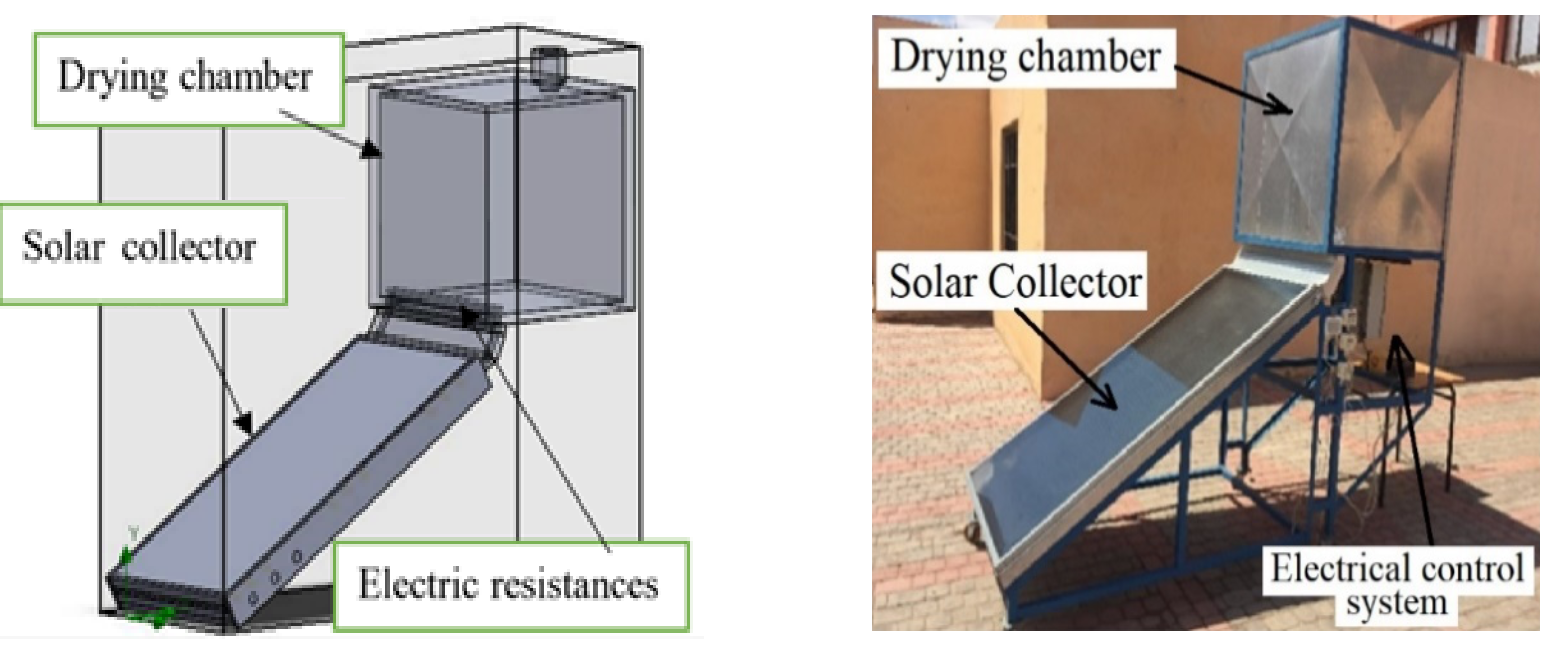 |
|
The study evaluated the application of four drying temperatures inside a newly developed hybrid indirect solar dryer in forced convection (at 40, 50, 60, and 70°C) compared to a direct solar dryer (Greenhouse) for the processing of the Moroccan Sefri pomegranate arils. The thermodynamical analysis allowed characterizing the physical properties of the arils using some parameters such as optimal water activity, net isosteric heat of sorption, and effective moisture diffusivity. The biochemical analysis studied included total proteins, sugars, vitamin C, and total anthocyanins, hygrometric properties, microstructure modification, and sensory evaluation. Generally, drying led to a reduction in all parameters. However, lower drying temperature processes (indirect convective solar drying at 40°C and 50°C) give the best results for pomegranate arils. Greenhouse dried samples had almost the lower quality in all parameters. The color is more preserved at indirect convective solar drying at 40°C. However, indirect convective solar drying at 50°C was most appreciated by consumers with higher scores on the sensory evaluation test. As the first study of the thermodynamic and biochemical investigation of dried pomegranate arils in Morocco, this work intended to be the first step in developing controlled new high-quality products for the Moroccan market.
Keywords: Pomegranate arils “Sefri variety”, drying methods, drying kinetics, biochemical parameters, sensory analysis.
|
|
 |

